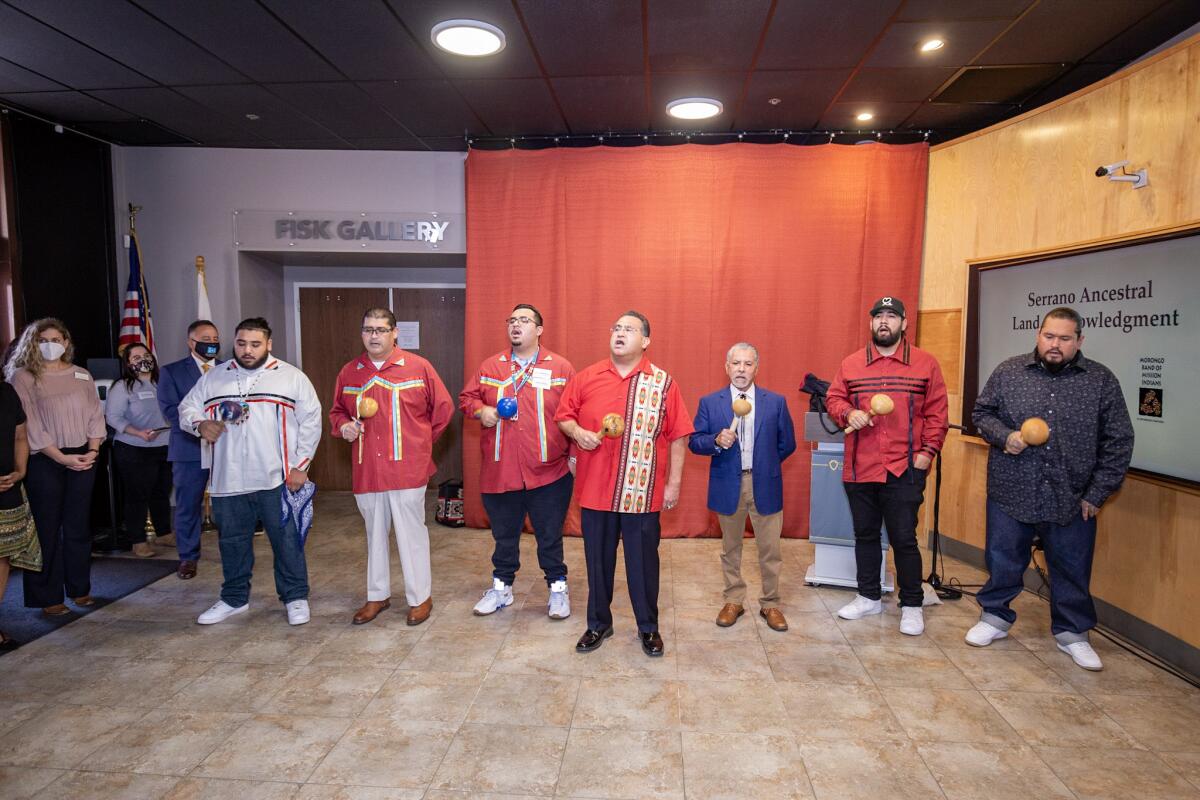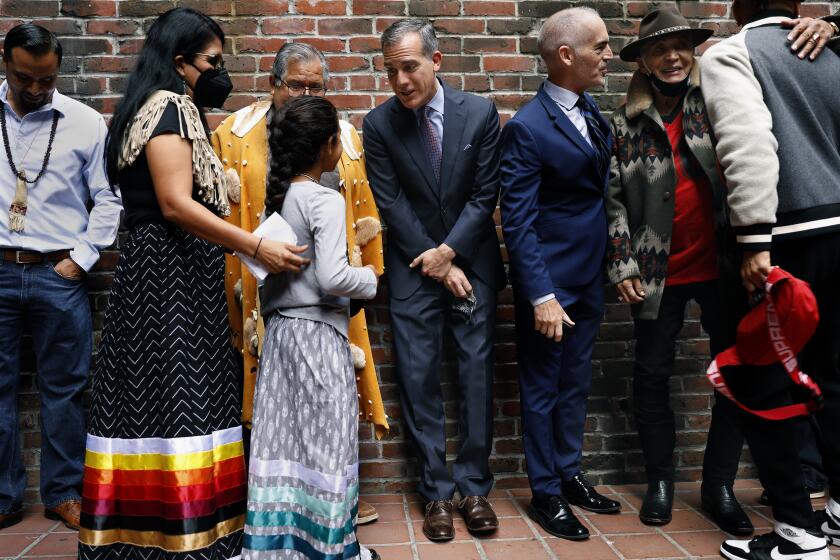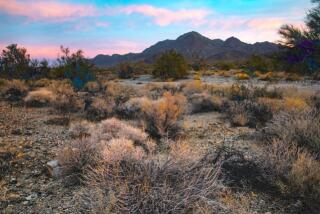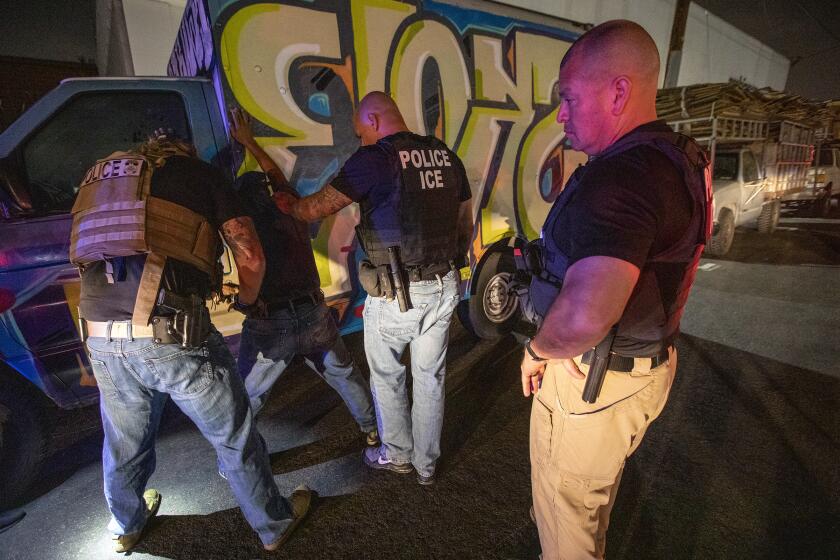San Bernardino County recognizes Serrano language and museums sitting on tribal land

- Share via
San Bernardino County has formally acknowledged that three county museums sit on Native American ancestral land and has also recognized the Serrano language, which has up until now been absent from the county’s official historical records.
The recognition of the Indigenous language, which came earlier this week, is emotional and heartfelt for many.
For the record:
11:00 a.m. Nov. 19, 2021An earlier version of this article said the Serrano language course was taught at UC San Bernardino. The course is taught at Cal State San Bernardino.
While growing up on the San Manuel Indian reservation, California Assemblyman James Ramos, a member of the Serrano/Cahuilla tribe, remembers hearing bits and pieces of the Serrano language filter into oral history lessons from tribal elders.
“How we would hear the Serrano language was words and animals or even in the songs,” the Highland Democrat said. “But now we have this acknowledgment at the county museum, where you can listen to the Serrano language on a set of earphones.”
The San Bernardino County Museum in Redlands, the Victor Valley Museum and the historical California landmark, the Yucaipa Adobe, all sit on land where Indigenous tribes once thrived, according to the county. The Serrano people, as they were called by Spanish missionaries, are known to Indigenous scholars as the Maara’yam or Maarrenga’yam people, depending on which tribal nation is talking.
“Our history, culture, and traditions are centuries old and will always remain deeply embedded in these lands,” Charles Martin, tribal chairman with the Morongo Band of Mission Indians, said in a statement. “This recognition marks a critical step forward to promote a greater understanding and appreciation for the shared heritage between the Maarrenga’yam people and San Bernardino County.”
Johnny Hernandez Jr., vice chairman with the San Manuel Band of Mission Indians, says the community is grateful to finally see the county acknowledge the homeland of their ancestors.
TOVAANGAR “The world.” From the top of Signal Hill, Los Angeles disappears in the haze.
Since the arrival of European colonists in the late 18th century, the tribal community has endured genocide, war and disease. The Serrano people were once spread across 7.4 million acres in Southern California but were pushed back to the foothills by modern governments that sought to erase those people with the advent of the California mission system, according to the San Manuel Band of Mission Indians. Today, the territory is now about one square mile of land.
The Serrano language nearly became extinct a few years ago, Hernandez said. But in recent years, the local community has made strides to revitalize it and more young people on the reservation can speak it. There is also a program at Cal State San Bernardino that teaches students the language and the culture.
The new Serrano display at the San Bernardino County Museum, at 2024 Orange Tree Lane in Redlands, is presented in Serrano, Spanish and English.
Turning on its head one of the many myths of the American West, Los Angeles moves to correct its historical record with Native inhabitants.
Still, the amount of work needed to educate the tribal community and the rest of the world feels daunting at times, Hernandez said.
Last month, a video of a Riverside high school math teacher went viral after her students recorded her chanting while stomping around a classroom and making chopping motions while wearing a fake feathered headdress. The Riverside Unified School District placed the teacher on leave, saying her actions “do not represent the values of our district.”
Hernandez said the incident highlighted the importance of educating people about the Indigenous community in Riverside, San Bernardino and the rest of California.
“The lesson that people can take away from that incident is that Native Americans not only exist, but live in the same communities that they live in,” Hernandez said. “There’s a hurtful past that many before us fought to reconcile with and then we’re now just getting ground. It’s encouraging to see the county stand shoulder to shoulder with us that their museums sit on our ancestral land. This really proves a point that it’s important to not only educate yourselves but also the local community about who we are as a people.”
More to Read
Sign up for Essential California
The most important California stories and recommendations in your inbox every morning.
You may occasionally receive promotional content from the Los Angeles Times.












